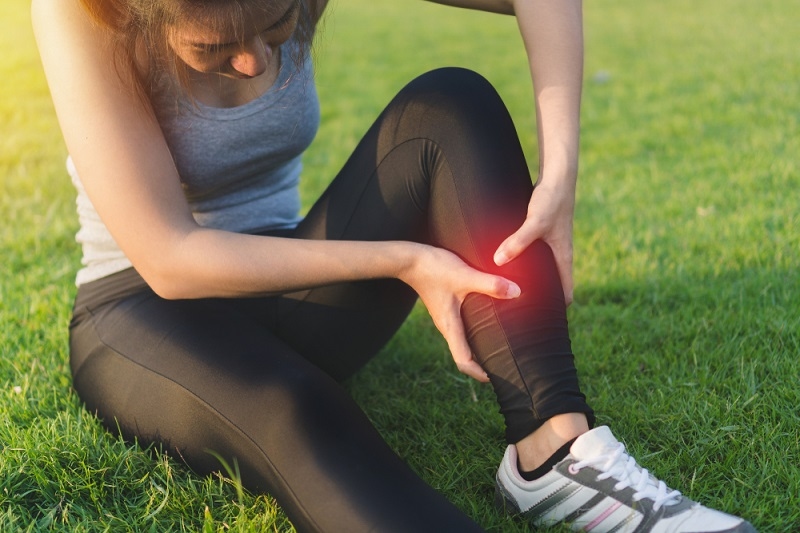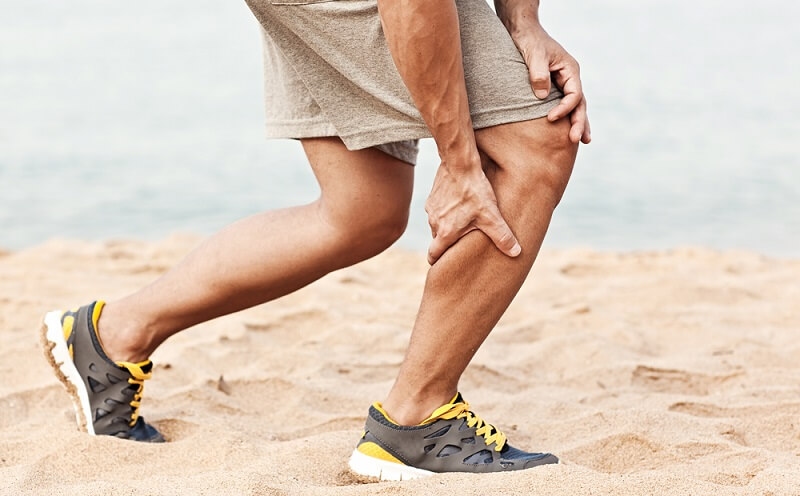Learn About Muscle Strain: Causes, Symptoms, and Treatments

Muscle strains, colloquially known as pulled muscles, are a prevalent concern that transcends age, activity levels, and lifestyle choices. From seasoned athletes pushing their physical limits to individuals engaging in routine activities, understanding muscle strains is essential for maintaining optimal physical health. This extended exploration will delve deeper into the multifaceted aspects of muscle strains, covering causes, symptoms, severity grades, preventive strategies, and an in-depth discussion on self-care and medical treatments.
What is Muscle Strain?
Muscle strain results from the overstretching or tearing of muscle fibers, typically due to excessive force, overuse, or improper muscle usage. This can transpire during physical activities like sports injuries or even mundane tasks, underlining the ubiquitous nature of this injury. Understanding the basics of muscle strain is fundamental for recognizing and effectively managing this common occurrence. Muscles work by contracting and relaxing, allowing movement and stability. When subjected to undue stress, the fibers within a muscle can sustain damage, leading to a strain. This can manifest in various forms, ranging from minor discomfort to debilitating pain, depending on the severity of the music.
Symptoms of Muscle Strains

Recognizing the symptoms of muscle strains is paramount for prompt intervention and effective management. Beyond localized pain, individuals may experience swelling, muscle spasms, and difficulty moving the affected muscle or joint. In more severe cases, visible bruising may develop. Understanding and identifying these symptoms early on enables a more nuanced and targeted treatment plan.
Causes of Muscle Strains
Muscle strains can be traced back to many causes, emphasizing the importance of adopting preventive measures. Inadequate warm-up before physical activity, poor flexibility, muscle fatigue, overexertion, and sudden, forceful movements are common culprits. Understanding the underlying causes not only aids in preventing muscle strains but also promotes overall muscle health. Proper warm-up exercises, incorporating dynamic stretches, and gradually increasing intensity can prepare muscles for the demands of physical activity. Additionally, maintaining overall flexibility through regular stretching routines can mitigate the risk of strains.
Grades and Severity of Muscle Strains
They are categorized into different grades based on severity to assess and address muscle strains accurately. Phase I involves mild stretching or microscopic tears, Grade II entails partial tearing of muscle fibers, and Grade III indicates a complete tear or rupture. Distinguishing between these grades is crucial for determining the appropriate course of action regarding treatment and rehabilitation. Rate I strains generally respond well to self-care measures, while Grade II strains may necessitate professional medical attention. Grade III stresses, the most severe, often require medical intervention to facilitate proper healing.
How to Prevent Muscle Strains
Prevention emerges as a cornerstone in managing muscle strains effectively. Adopting strategies such as proper warm-up exercises, maintaining flexibility through regular stretching, staying adequately hydrated, and employing correct techniques during physical activities significantly reduces the risk of muscle strains. Warm-up routines should encompass dynamic stretches that engage various muscle groups, gradually increasing the heart rate and blood flow to the muscles. Consistent efforts to enhance overall flexibility contribute to improved joint mobility and resilience against strains.
When to Seek Medical Care
While many muscle strains can be effectively managed at home, certain situations necessitate professional medical attention. Severe pain, significant swelling, numbness, or discoloration of the affected area are indicators that should prompt individuals to seek medical care promptly. Healthcare professionals employ thorough physical examinations, imaging tests such as MRI or ultrasound, and inquiries into the circumstances surrounding the injury to diagnose muscle strains accurately. Timely medical intervention ensures an accurate diagnosis and an appropriate treatment plan.
Exams and Tests for Muscle Strains
To ascertain the extent of a muscle strain and guide the treatment plan, healthcare professionals may conduct various exams and tests. Physical examinations involve assessing the affected area's range of motion, strength, and palpation. Imaging tests, including magnetic resonance imaging (MRI) or ultrasound, offer detailed insights into the severity of the muscle strain. Moreover, discussing the circumstances leading to the injury aids in understanding contributing factors in the treatment plan to the individual's needs. This approach ensures a thorough understanding of the injury and facilitates a more precise course of action.
Muscle Strain Treatment Self-Care at Home
A well-rounded self-care approach at home can be practical for mild to moderate muscle strains. The R.I.C.E. method (Rest, Ice, Compression, Elevation) is a foundational principle. Adequate rest is crucial to allow the damaged fibers to heal, and applying ice within the initial 48 hours helps alleviate pain and reduce swelling. Compression, achieved through bandages or wraps, can provide support and minimize swelling, while elevation helps reduce swelling by keeping the affected area elevated above the heart. Over-the-counter pain relievers, such as ibuprofen or acetaminophen, can be employed following healthcare provider recommendations. In addition to the R.I.C.E. method, gentle stretching exercises, as advised by healthcare professionals, can aid in promoting flexibility and preventing stiffness during the recovery period. Balancing rest and controlled movement is imperative to facilitate healing without causing further harm.
Medical Treatment of Muscle Strains
In cases where home remedies prove insufficient or when facing more severe muscle strains, medical interventions may be necessary. Physical therapy is the road to recovery, the treatment plan, focusing on exercises to restore strength, flexibility, and range of motion. Prescription medications, such as muscle relaxants or pain relievers, may be prescribed to alleviate discomfort and facilitate recovery. Surgical intervention may be considered in more severe strains, where a significant portion of the muscle fibers is torn. Surgery aims to reattach or repair the damaged muscle, often followed by a rehabilitation period to restore functionality fully.
First Aid for Muscle Strains
Immediate first aid is crucial in managing muscle strains effectively. The acronym P.R.I.C.E. (Protection, Rest, Ice, Compression, Elevation) encapsulates the primary principles of first aid for muscle strains. Protection involves preventing further harm to the injured muscle by avoiding activities that could exacerbate the anxiety. Resting the affected muscle is fundamental, allowing it time to heal without additional stress. Applying ice within the initial 48 hours helps alleviate pain and reduce swelling. Compression, achieved through the use of bandages or wraps, can provide support to the injured muscle and minimize swelling. Elevation, keeping the affected area above the heart, aids in reducing swelling by facilitating the drainage of excess fluids.
Also Read: Optimize Your Health With Top 10 Physiotherapy Treatments
Conclusion
Understanding muscle strains transcends the superficial acknowledgment of pain and discomfort. Prioritizing muscle health through warm-up routines, regular flexibility exercises, and adherence to safe physical practices contributes to a resilient and injury-resistant body. Recognizing the signs of muscle strains early on and seeking appropriate medical care when needed ensures a holistic approach to recovery, promoting healing and long-term well-being. With this in-depth understanding, individuals can forge a healthier, more active lifestyle while minimizing the impact of muscle strains on their physical endeavors.
This content was created by AI
